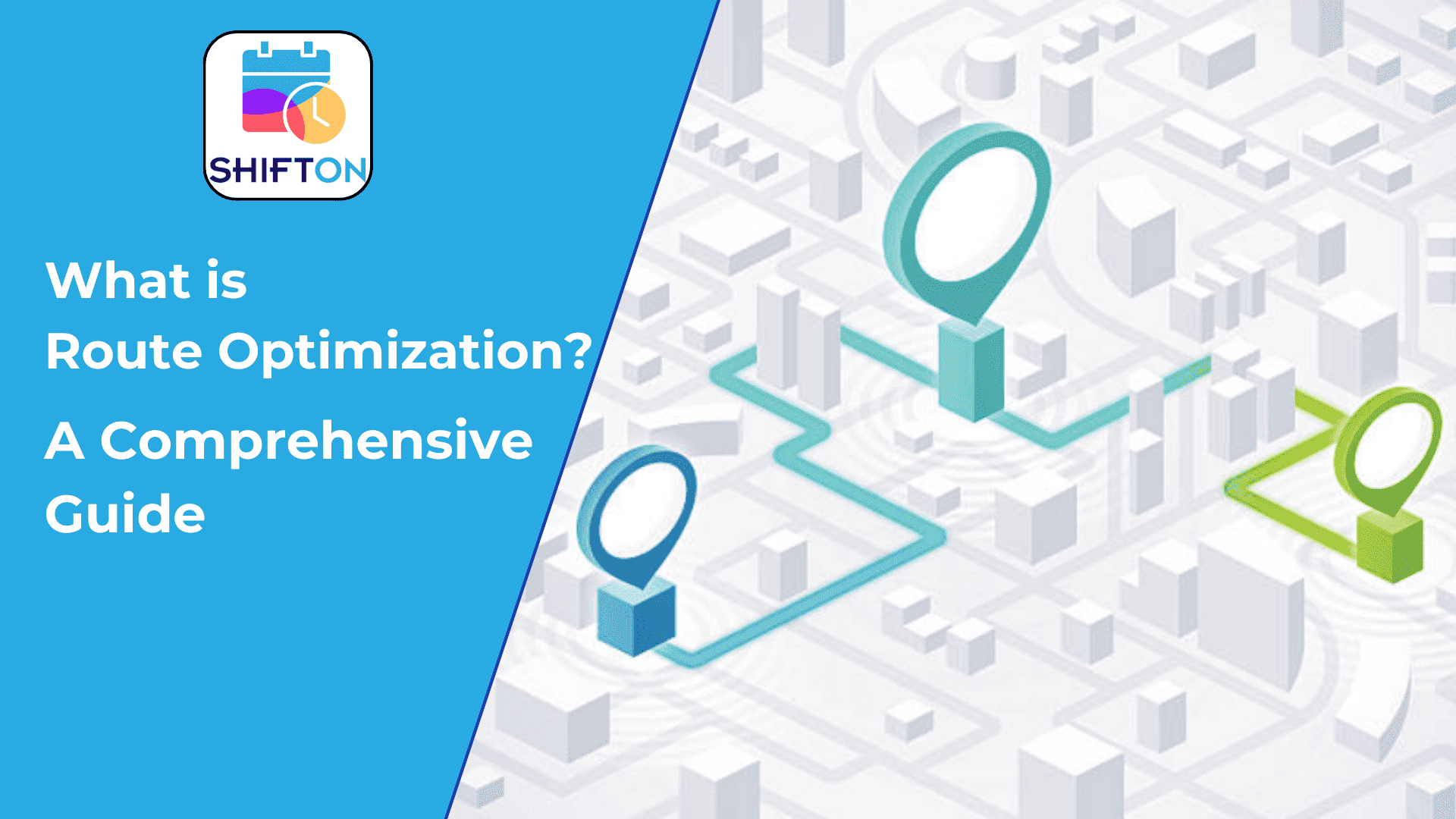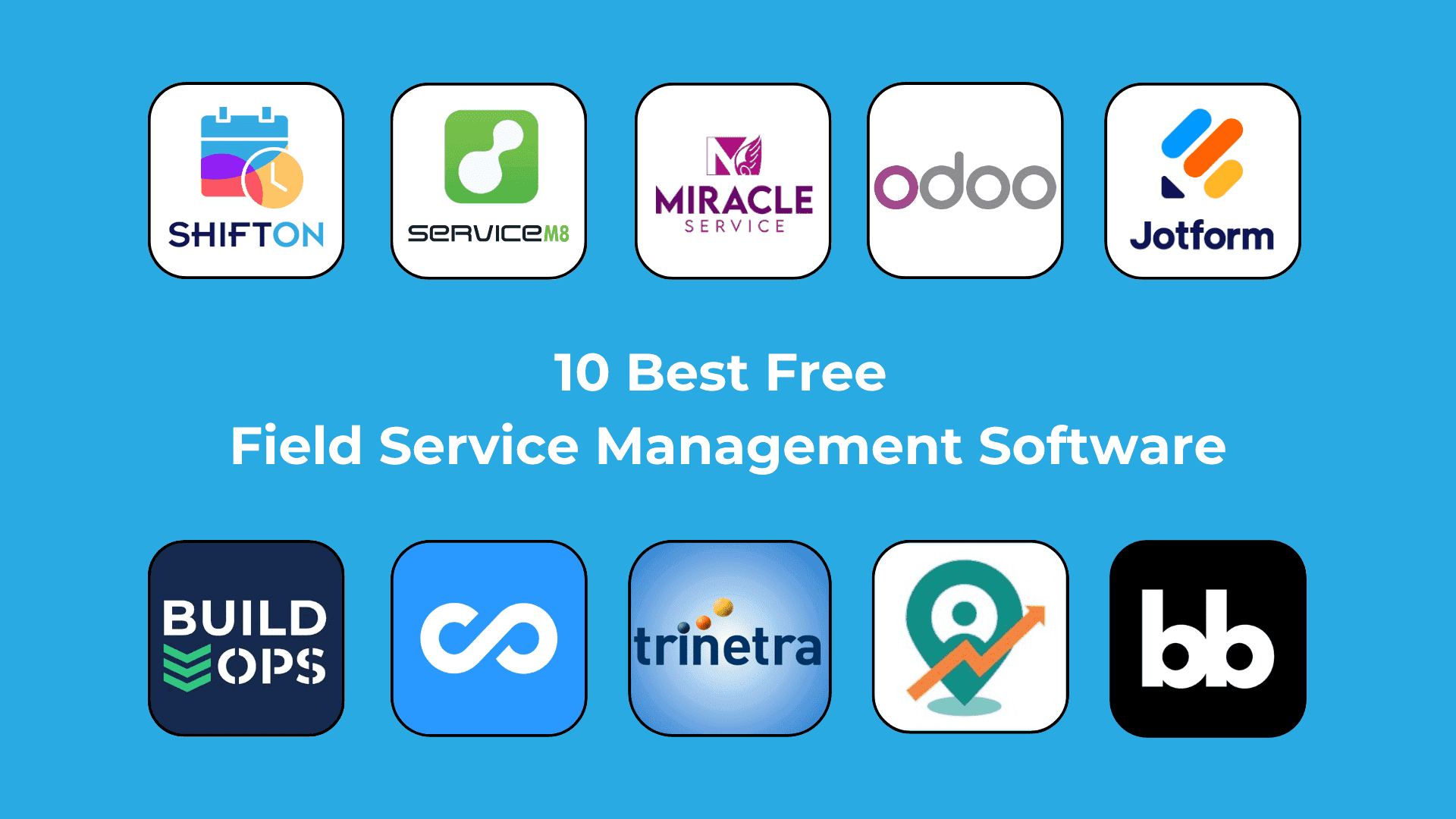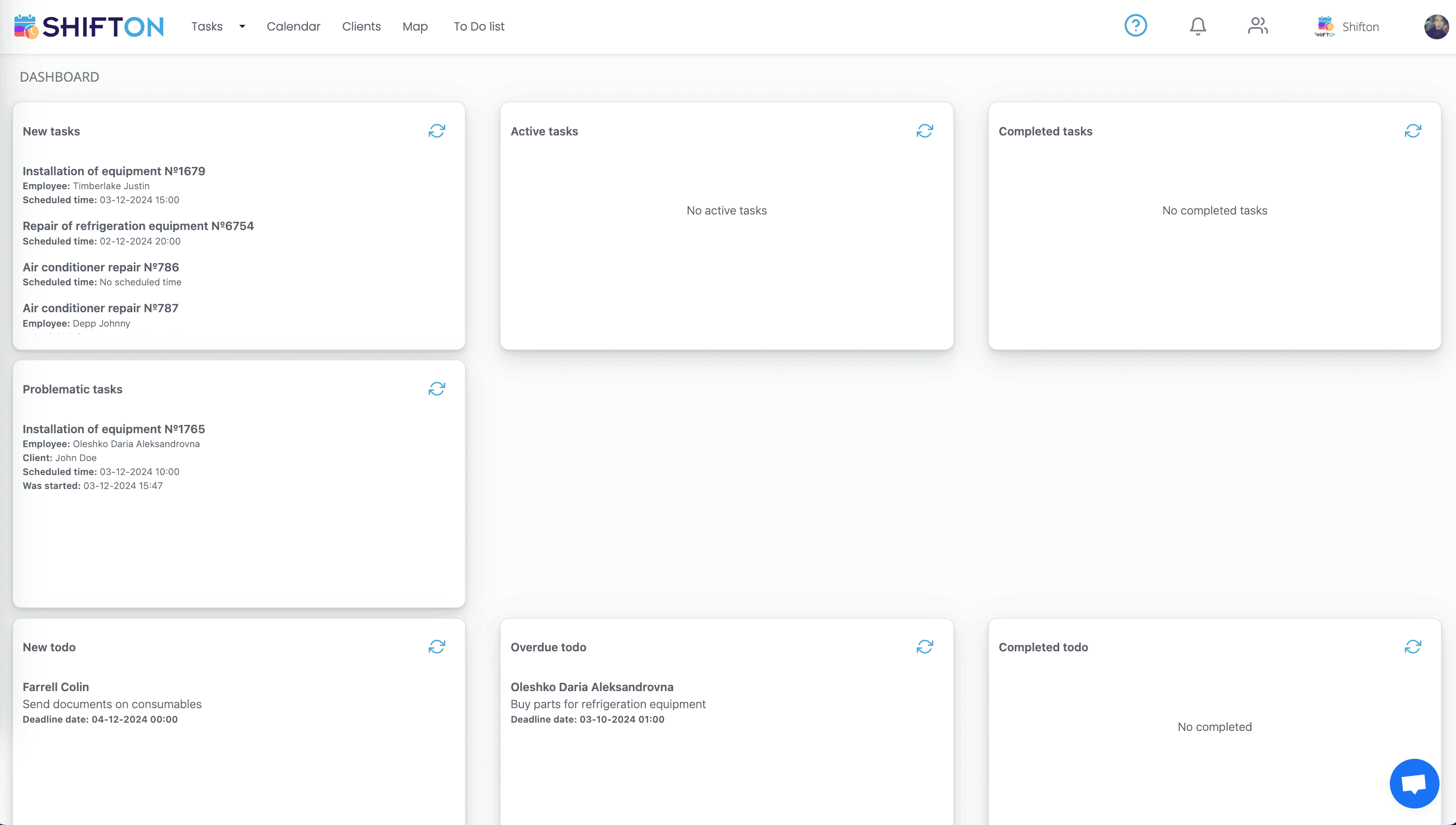In today’s business environment, effective call center management is becoming a key factor in a company’s success. Reducing call center call volume not only helps to make the call reduction the workload of employees, but also improves the quality of customer service. In this text, we present 20 practical tips to help optimise processes and make your call center more productive.
What is a High Call Center Volume
The first question: what is call volume? High call volume meaning is a term used to describe a situation where a call center records a significant number of inbound and outbound calls in a given period of time. This can vary depending on a number of factors such as seasonal fluctuations, marketing campaigns, new product or service launches, and changes in consumer demand.
Factors contributing to high volume:
- Seasonality: Some companies experience peak volumes during certain times of the year. For example, retail shops may see an increase in calls during the holiday season when customers experience an increase in interest in shopping.
- Marketing activities: The launch of new advertising campaigns or promotions certainly attracts the attention of customers, which leads to an increase in the number of calls. Consequently, this requires increased efforts from the call center in handling incoming queries.
- Product or service problems: If a company has a major problem with service or product quality, this can lead to an increase in the number of calls from customers with questions and complaints that need to be addressed immediately.
In other words, high call center volume is a complex and multifaceted process that requires a strategic approach and operational management to ensure high quality customer service, retain customer loyalty and make efficient use of company resources.
Understanding the Impact Of Contact Center Call Volume
Understanding the impact of call volume in the contact center is a key aspect of successful help desk management. When the number of inbound and outbound calls increases, it can indicate changing customer interest and a need for deeper engagement. However, high call volumes can also put a significant strain on agents, leading to the need to develop management strategies to efficiently resolve queries without compromising service quality.
Analyzing Call Data and Identifying Trends
Call data analysis in the contact center is an important tool for identifying trends and improving the customer experience. It not only tracks the number of incoming calls over a period of time, but also provides a deeper understanding of the dynamics of customer interactions. Establishing patterns such as peak times, typical queries and call duration helps organizations adapt to customer expectations and improve the performance of their support teams.
What Factors Contribute to Elevated Call Volumes
An analysis of the factors contributing to an increase in the number of calls to contact centers is a key aspect for optimizing support services and improving customer satisfaction. Let’s take a look at the most significant ones:
- Marketing campaigns
Launching promotions and marketing campaigns significantly increases call volume. Adverts that can engage customers often lead to an increase in questions and enquiries. For example, promotional offers, discounts, or new products can attract attention and create a desire to learn more, leading customers to contact customer service. - Seasonal fluctuations
Time of year, holidays and seasonal sales have a noticeable impact on call volume. In the run-up to big holidays like Black Friday or New Year’s Eve, sales and support professionals can expect a surge in calls. Increased demand for certain products during certain seasons can also be a reason. - Quality of previous interactions
If a customer did not receive a satisfactory or complete response to their query last time, they are likely to contact the contact center again. This creates additional challenges and the need to improve the quality of service. - Problems with the product or service
When technical glitches, product defects or service errors occur, it leads to an increased demand for support. Customers ask how to resolve the problem or get compensation, which also increases the number of calls. - Advancement in technology and availability of communication channels
With the introduction of new technologies such as chat rooms, social media and mobile apps, customers are becoming more accustomed to interacting with companies quickly and easily. This can lead to more frequent calls to the contact center when customers are looking for alternative means of communication. - Changes in company policies
Any changes in terms of service, return policies, or price changes can raise questions from customers. They may want to learn more about the new policies, which triggers additional calls. - Increased customer base
An increase in the number of customers, as a consequence of new sales or business expansion, inevitably leads to more calls. New customers are often unfamiliar with products and services, which triggers calls for support.
Understanding these factors allows companies to manage call flows more effectively, optimising the handling of enquiries and improving customer satisfaction.
Impact of High Call Volume on Businesses
The impact of a high number of calls on a business can be both positive and negative. On the one hand, a high volume of calls can indicate a growing interest in a company’s products or services. It can indicate that marketing strategies are working effectively and customers want to learn more about the offerings. For businesses, this opens up new opportunities to increase sales and strengthen customer relationships. However, to capitalize on this, a company needs to provide quality service and prompt responses to enquiries.
On the other hand, a surge in the number of calls can pose challenges. If the contact center ca not cope with the load, it can lead to long waits on the line and poor quality of service. Customers who are dissatisfied due to waiting times or inattention to their enquiries may seek alternative companies, which in turn will have a negative impact on brand reputation. Thus, it is crucial to strike a balance between call volume and quality of service.
To effectively deal with high call reduction volume, companies must collaborate with modern technology and strategies. Implementing automated call handling systems, staff training and process optimization can significantly improve service levels. In addition, analyzing the reasons for increased calls will help to understand which aspects of the business need attention and improvement. Ultimately, paying attention to call volumes and the quality of call handling will be the key to successful business development in a highly competitive market.
20 Ways to Reduce Call Center Call Volume
Reducing to reduce call volume can significantly improve customer service efficiency and make call reduction operational costs. In this text, we will look at 20 practical methods to help optimize call center operations and make call reduction the number of incoming calls, while maintaining high levels of customer satisfaction. So, how to reduce call volume in a call center?
1. Make Your Website Easy to Navigate
The first place to start with call reduction is by creating an intuitive and user-friendly website. If users can easily find the information they need, the likelihood of them calling with simple questions is greatly reduced. Clear menus, user-friendly search functions, and well-organised content pages should be used. Make sure product and service information and contact details are easily accessible.
2. Provide Frequently Asked Questions (FAQs)
A Frequently Asked Questions (FAQ) section in call reduction can be a great resource for customers. It should cover the main questions users ask and provide in-depth answers. Update this section regularly, based on actual calls, to reflect current customer concerns and queries. This will make call reduction the number of calls related to generic questions.
3. Promote Key Channels of Communication
In addition to calls, customers should have several alternative communication channels such as email, chats or social media. Make sure information about these channels is available on your website and in correspondence with customers. Highlight the benefits of each channel to motivate users to contact through them rather than over the phone.
4. Use Uniform Messaging
Creating uniform messages across all communication channels also helps avoid customer confusion. You should use the same tone and style of communication in emails, text messages and on the website. This makes customers feel more confident and reduces the likelihood of immediate call reduction due to confusion.
5. Utilize IVR Messages
Interactive voice response (IVR) can significantly help in filtering calls. A properly set up IVR system will allow customers to quickly find the department or information they need without waiting for an operator. Integrating voice prompts with frequent questions can improve customer satisfaction and make the call flow.
6. Pinpoint Reasons for Customer Calls
By regularly analyzing calls, you can identify common reasons why customers contact the call center. By creating ad-hoc reports and statistics, you can find ways to address these issues. For example, if many people call with questions about the status of an order, this may be a signal that you need to improve the process of informing customers.
7. Improve First-Call Resolution Rates
Resolving customer questions from the first call can make call reduction repeat enquiries. Invest in training your operators so they can effectively resolve customer issues. If a customer gets all the answers they need on the first contact, the likelihood of a repeat call is greatly reduced.
Digital Adoption
8. Offer Personalized AI-Powered Assistance
Using AI to provide personalized assistance can greatly improve the customer experience. Chatbots can handle simple queries, offering customers instant answers and solutions. They can analyze user behavior and suggest options, which can help make the call volume.
9. Automate Order Tracking and Updates
Automating the call reduction processes involved in tracking and updating the status of orders also helps in reducing call flow. Sending automated notifications to customers via email or SMS can keep them updated on the status of their order without the need to call the call center. Customers will get all the information they need, saving them from worries and questions.
10. Implement Call Routing with AI
Using artificial intelligence technologies for call routing helps in directing customers to the most appropriate experts. Call reduction can increase the speed at which their issues are resolved and improve overall satisfaction. AI can analyze queries and determine which agent is most qualified to solve a particular problem.
11. Direct Customers to Digital Sources
Directing customers to digital sources of information is an important step in optimizing service. When customers have access to online resources, they can find answers to their questions on their own, reduce the burden on the support team, and solve common problems on their own. This not only increases customer satisfaction, but also reduces the amount of time customers have to wait for answers from employees. The use of chatbots, interactive guides and frequently asked questions (FAQs) allows users to quickly find the information they need, which in turn can significantly speed up the process of solving their problems.
12. Leverage Asynchronous Channels
Asynchronous communication channels, such as email and messengers, can significantly change the way you interact with customers. They allow users to ask questions and get answers without the need for an instant response, which is especially useful in high-stress support environments. With this approach, employees can manage their time more effectively by focusing on complex queries that require adequate attention and resolution. In addition, asynchronous channels enable more detailed correspondence, allowing customers to more clearly articulate their questions and provide the data they need.
Passwordless Sign-In
13. Mitigate Issues with Forgotten Passwords
One of the most common problems users face is forgotten passwords. Fixing this problem can significantly improve the usability of services and build customer trust. Implementing solutions that enable multi-factor authentication, as well as alternative login methods such as biometric authentication or social media login, can significantly reduce the number of instances where users lose access to their accounts. By reducing reliance on passwords, companies can create a more secure and convenient environment for their customers, which in turn can help retain them and make call reduction user turnover.
14. Lower Registration Related Queries
Call reduction, the volume of registration-related queries can be achieved by streamlining the process. Simplifying registration forms, reducing the information required, and allowing social accounts to be used for authorization can make call reduction the number of problems users encounter. Making the registration process easier not only makes call reduction the number of enquiries, but also helps to increase conversion rates, which means an increased chance of users interacting further with the service. Automation and the use of technologies such as OAuth can also have a positive impact on this call reduction process, providing users with a smoother and faster login experience.
15. Minimize Account Lockouts
Account lockouts can cause users significant stress and negative emotions. To minimize such situations and call reduction, it is necessary to implement more flexible security approaches that take into account user behaviour and individual habits. Utilizing technologies that monitor and alert users to suspicious activity can help avoid unnecessary blocking. Implementing multifactor authentication can also significantly reduce the risk of accounts being compromised, thereby staying on the security side without further inconveniencing users. Effective management of these call reduction processes ultimately leads to a higher level of trust from customers and increases their brand loyalty.
16. Alleviate the Need for User Education
Call reduction, the need for user education can be achieved by creating an intuitive interface and incorporating educational elements into the product experience itself. The use of contextual cues tailored to the user’s tasks and scenarios of interaction with the service can significantly reduce the time spent on training. It is important to remember that the simpler and clearer the interface is, the less time the user will need to get used to it, which will allow them to focus on the main functions and tasks. Self-service call reduction functionality can also be considered, which will give users the ability to find the information they need and solve problems on their own.
17. Reduce User Downtime
Call reduction user downtime is critical for any business. To minimize time costs, companies can implement monitoring and analytics systems to quickly identify and resolve bottlenecks that occur during service interactions. Setting up system status notifications will also keep users informed and make call reduction dissatisfaction. Backing up data and having contingency plans in place will help in the event of critical failures, ensuring business continuity and minimizing downtime. Thus, attention to detail in this area leads to significant time savings for both users and company employees.
18. Eliminate Password-Related Cyberattacks
Password-related cyberattacks pose a serious threat to user security. To counter this, a layered approach to security that includes not only data encryption, but also regular updates to authentication algorithms is necessary. The introduction of suspicious activity notification systems also allows for a quick response to potential threats. It is important to educate users on the basics of secure password handling and the risks associated with them. Creating a secure environment for users can make call reduction the risk of attacks and build trust in your service, which will have a positive impact on its popularity.
19. Stop Fraudulent Activity
Curbing online fraud requires the integration of technologies that effectively monitor anomalies in user behavior. The introduction of modern machine learning algorithms and big data analysis helps to identify suspicious users and their actions at an early stage. Creating a system of automatic notifications of suspicious activity, as well as implementing multifactor authentication, can significantly improve security. In addition, it is important to actively engage with users, informing them about precautions and possible threats. The more transparent the system is, the more confidence users will have that they are in a secure environment.
20. Reduce Third-Party Support
Call reduction, reliance on third-party support can make call reduction costs, and speed up the customer service process. It is important to develop internal competencies and ensure that all the necessary tools are in place to resolve issues on their own. This includes setting up resource centers and training staff so that queries can be handled efficiently without the need to turn to external providers. It is also worth considering using open source software or licenses that allow you to modify and tailor solutions to your needs. In this way, the company will not only make call reduction operational costs, but also increase its flexibility and independence in managing services.
Call Center Volume Reduction: How to Measure Success
Call reduction workload requires a systematic approach to improve efficiency and service quality.
1. Establish Key Performance Indicators (KPIs)
Key Performance Indicators (KPIs) are the basis for measuring the success of a call center. They identify how well customer service is being delivered and how processes can be improved. KPIs may include average call handling time, customer satisfaction levels and the number of enquiries resolved from the first contact.
2. Establish Realistic Goals and Benchmarks
Setting realistic goals and benchmarks will help direct employee efforts in the right direction. It is important that goals are achievable yet ambitious to motivate the team to continually develop and improve service quality.
3. Monitor Call Center Performance Data
Systematic data tracking allows you to react quickly to changes in call center performance. Analyzing not only quantitative but also qualitative indicators, such as customer satisfaction, will allow you to identify bottlenecks and find areas for improvement.
4. Optimize Call Center Strategies to Enhance Performance
Continually optimizing your operational strategies is a necessary step to improve the overall efficiency of your call center. This may include implementing new technologies, improving call routing processes, and training staff in modern customer service techniques.
5. Encourage a Culture of Continuous Improvement
Creating a culture of continuous improvement will improve both team atmosphere and service quality. Rewarding employees for initiatives and innovations aimed at improving customer service will inspire them to be proactive and increase overall productivity.
6. Assess the Long-Term Impact of Call Center Strategies
Evaluating the long-term impact of the strategies implemented cannot be overlooked. Regularly analysing the results achieved through the changes will not only help you evaluate their effectiveness, but also identify new opportunities for growth and improved customer service.
The Takeaway: How Shifton Solutions Can Reduce Call Volume
Shifton Solutions offers effective solutions to make call reduction, resulting in a significant reduction in call volume. Forecasting module analyses historical data, including traffic and call volumes, to create accurate schedules that take into account various variables such as holidays and weekends. This allows you to more intelligently distribute workload among employees and anticipate peaks in calls.
The activity module gives you the ability to create unique task types, which helps you serve your customers faster and more efficiently. For example, the system can automatically assign employees with the right skills to work with VIP customers during specific hours.
These tools not only increase productivity, but also simplify employees’ lives with a user-friendly app that allows them to quickly exchange shifts, manage schedules, and send requests for holidays or sick leave without the need for unnecessary communication with managers. All of this contributes to a more efficient and harmonious work environment, which ultimately makes call reduction volume and increases customer satisfaction!












































